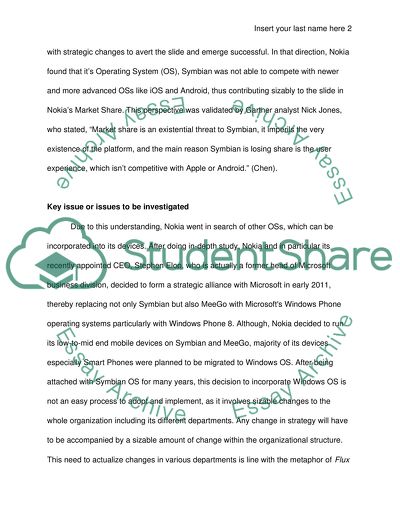Cite this document
(“Nokia Term Paper Example | Topics and Well Written Essays - 1750 words”, n.d.)
Retrieved from https://studentshare.org/marketing/1464952-nokia
Retrieved from https://studentshare.org/marketing/1464952-nokia
(Nokia Term Paper Example | Topics and Well Written Essays - 1750 Words)
https://studentshare.org/marketing/1464952-nokia.
https://studentshare.org/marketing/1464952-nokia.
“Nokia Term Paper Example | Topics and Well Written Essays - 1750 Words”, n.d. https://studentshare.org/marketing/1464952-nokia.


